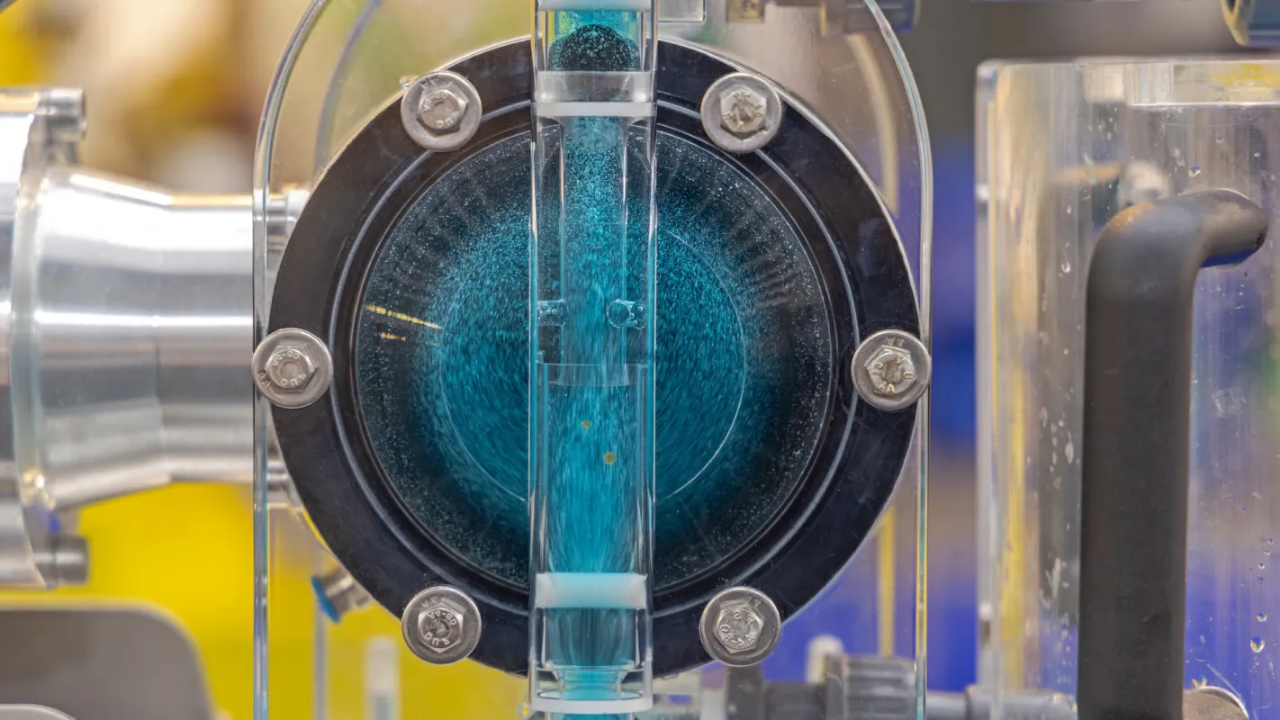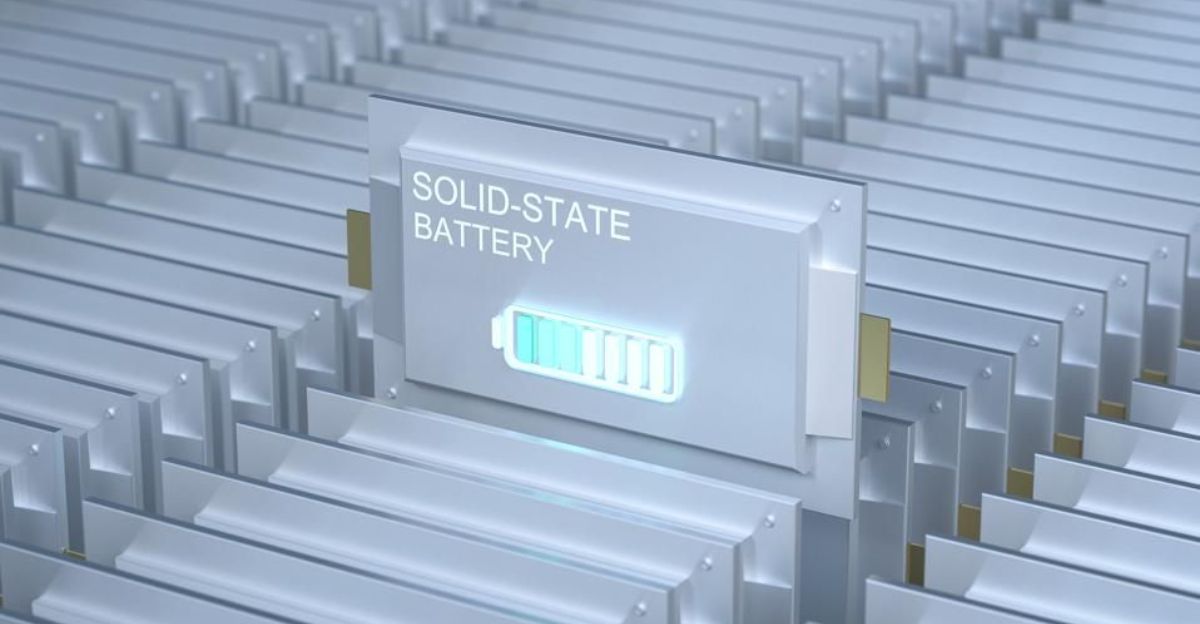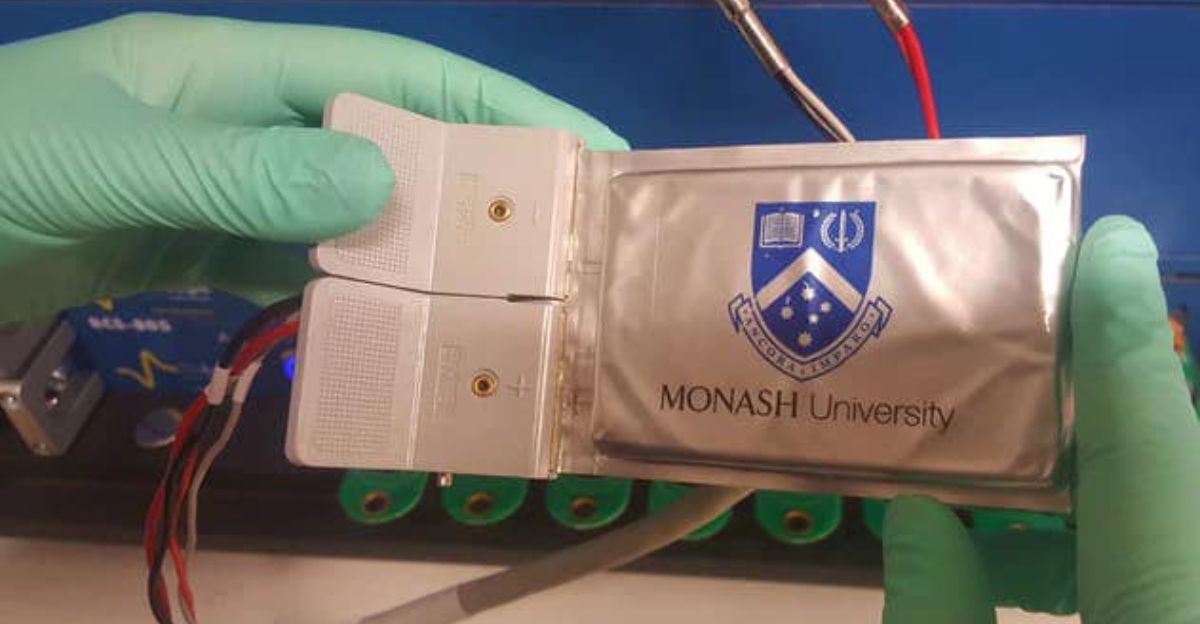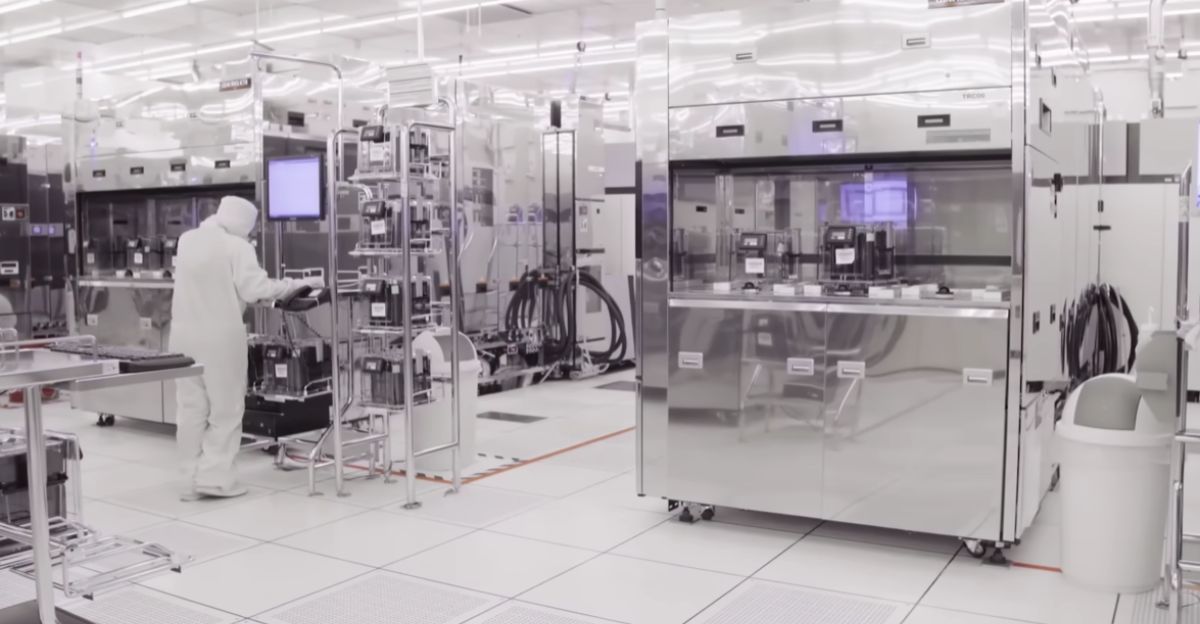
A recent graphene supercapacitor breakthrough has renewed excitement about the future of electric vehicle (EV) energy storage technology. While some headlines predict a major disruption to the global EV battery industry, experts and market data suggest a more nuanced reality: supercapacitors represent a promising new generation, but batteries remain the backbone of electric transportation for years to come.
The Breakthrough and Its Limitations

In late 2025, researchers at Monash University, Australia, unveiled a new graphene-based supercapacitor that achieves an impressive volumetric energy density of 99.5 Wh/L and power density of 69.2 kW/L. Their rapid thermal annealing method creates multiscale reduced graphene oxide, allowing for more efficient ion movement. This enables faster charging and higher power delivery in certain applications.
However, energy density remains the primary obstacle for supercapacitors. Traditional supercapacitors store just 5-20 Wh/kg—significantly lower than lithium-ion batteries which range from 100 to 265 Wh/kg. Monash’s improved device achieves energy density typical of older lead-acid batteries, but cannot match today’s lithium-ion standards. This means supercapacitor-only vehicles would be restricted to short distances, limiting everyday practicality. While supercapacitors excel at ultra-fast charging and delivering short bursts of power—making them ideal for applications like regenerative braking and acceleration boosts—they cannot store enough energy for long-distance travel.
Battery Market Growth and Innovation

Despite speculation about supercapacitor displacement, the global EV battery market continues to expand rapidly. Valued between $66 billion and $76 billion in 2024, forecasts show it could reach $329 billion to $739 billion by 2030-2034. Automakers and manufacturers, led by industry giants in China, are increasing investment and production, signaling strong confidence in battery technology.
CATL deployed over 256 GWh of battery capacity in 2024, and BYD’s output surged by more than 58% year-on-year to nearly 90 GWh in the first half of 2025. Together, these companies control around 55% of the global EV battery market, underscoring continued dominance and innovation. Major advancements in battery technology continue, such as CATL’s Shenxing battery (introduced in 2025), which offers 520 kilometers of range and can charge from 5% to 80% in under 15 minutes—even at sub-zero temperatures. CATL is also developing sodium-ion batteries, while research in China explores solid-state batteries and AI-discovered chemistries including magnesium- and calcium-ion alternatives. Solid-state batteries are projected as the next leap forward, with premium vehicles from Toyota and Mercedes-Benz potentially featuring this technology between 2027 and 2030.
The Complementary Role of Supercapacitors

Rather than replacement, most experts see supercapacitors as complementary to batteries. They perform best in hybrid systems—supporting regenerative braking, energy recovery, and acceleration bursts—while batteries maintain long-range capabilities. Companies like Allotrope Energy have doubled the energy density of supercapacitors, enhancing their role in hybrid powertrains. The market for graphene supercapacitors was worth about $325 million in 2024, projected to reach up to $2.2 billion by 2033-2034. Growth is driven by specialized applications, not mainstream vehicle adoption. Organizations like Ionic Industries, a Monash University spinout, are working to commercialize these breakthroughs, though commercial deployment typically takes 5–10 years and faces challenges around energy density, cost, and self-discharge rates.
The Road Ahead

Claims of an EV battery industry “extinction” do not align with current evidence. While breakthroughs in supercapacitors attract headlines, batteries remain crucial for reliable, sustained energy delivery. Looking forward, the EV battery market will diversify as new technologies mature. Batteries will continue to dominate, supercapacitors will expand into hybrid roles and specialized niches, and solid-state solutions will gain ground in premium segments. The industry’s transformation is driven by innovation—not displacement.ies mature. Batteries will continue to dominate, supercapacitors will expand into hybrid roles and specialized niches, and solid-state solutions will gain ground in premium segments. The industry’s transformation is underway, driven by innovation—not displacement.